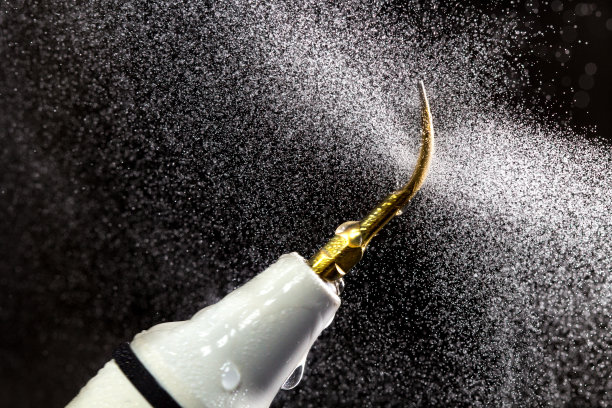The Essential Guide to Extracting a Tooth Painlessly and Safely for Better Oral Health
Summary: This article serves as a comprehensive guide to safely and painlessly extracting a tooth, ensuring better oral health. Through an exploration of the importance of dental extractions, methods to ensure a pain-free experience, pre- and post-extraction care, and the significance of professional assistance, readers will gain a deep understanding of the tooth extraction process. Whether youre facing a dental emergency or planned extraction, this essential guide aims to alleviate fears while promoting a healthy mouth. The knowledge shared here not only prepares you for the procedure but also emphasizes the impact of proper dental care on overall well-being.
1. Importance of Tooth Extractions for Oral Health

Tooth extractions play a crucial role in maintaining optimal oral health. Whether due to decay, overcrowding, or infection, sometimes a tooth must be removed to prevent further issues. Ignoring a problematic tooth can lead to more severe oral health concerns, such as abscesses or even systemic infections, which can affect your overall health.
Furthermore, extracting impacted teeth, such as wisdom teeth, can be essential for preventing discomfort and misalignment of your smile. Keeping these additional teeth can lead to overcrowding, which complicates oral hygiene and increases the likelihood of cavities.
Ultimately, the decision to extract teeth should never be taken lightly. Regular dental visits facilitate early detection of problems, allowing for timely interventions like extractions when necessary. This ensures your mouth remains healthy and free from complications.
2. Methods for Pain-Free Tooth Extractions
Modern dentistry offers several options for pain-free tooth extraction—first and foremost is the use of effective local anesthesia. Local anesthetics numb the area around the tooth, ensuring you feel minimal discomfort during the procedure. This innovative approach allows patients to remain awake yet completely relaxed.
In addition to local anesthesia, dentists may offer sedation options to alleviate anxiety. Sedation dentistry can be beneficial for those who have a fear of dental procedures, ensuring a calm and comfortable environment. Intravenous (IV) sedation is one of the most effective methods, as it provides deep relaxation.
Lastly, improved extraction techniques, such as using digital imaging technology, allow for a more precise removal process. This development minimizes surgical trauma, reducing pain and the recovery period. By leveraging these methods, patients can experience tooth extractions that are both safe and free from pain.
3. Pre- and Post-Extraction Care for Recovery
Preparation is key to a smooth extraction process. Patients should discuss any medications they are taking with their dentist, as certain drugs can increase the risk of bleeding. Additionally, adhering to pre-procedure guidelines, such as fasting if sedation is involved, will aid in a successful extraction.
During the recovery phase, following aftercare instructions is critical. Ice packs can be used to manage swelling, while maintaining a soft diet for the first few days will prevent discomfort. Its also essential to stay hydrated and avoid strenuous activities to promote healing.
Monitoring the extraction site for signs of infection is crucial. Symptoms such as increased pain, swelling, or fever warrant immediate contact with your dentist. Staying vigilant during recovery ensures that any potential complications are addressed quickly, leading to a smoother healing process.
4. Importance of Professional Assistance in Extractions
While it may be tempting to consider DIY tooth extraction, this approach is fraught with risks. Professional dentists are trained to assess the situation properly and decide whether extraction is indeed necessary. Their expertise not only ensures safer procedures but also minimizes the risk of complications, such as broken roots or excessive bleeding.
Moreover, dentists are equipped with specialized tools and techniques that allow for efficient and pain-free extractions. The use of advanced imaging techniques ensures that the extraction does not impact adjacent teeth or jawbone health. They also take measures to manage pain and anxiety, providing a more comfortable experience.
In essence, trusting a dental professional for tooth extraction is paramount in ensuring both safety and efficacy. Patients benefit from professional oversight, leading to better long-term oral health outcomes, as they can rely on their dentists knowledge and skills for a successful extraction.
Summary:
This comprehensive guide highlights the importance of tooth extractions in maintaining oral health, underlining methods to ensure a painless experience, pre- and post-extraction care, and the necessity of professional assistance. By conveying this knowledge, we hope to replace fear with information, emphasizing the positive impacts of dental care on overall well-being.
This article is compiled by Vickong Dental and the content is for reference only.


